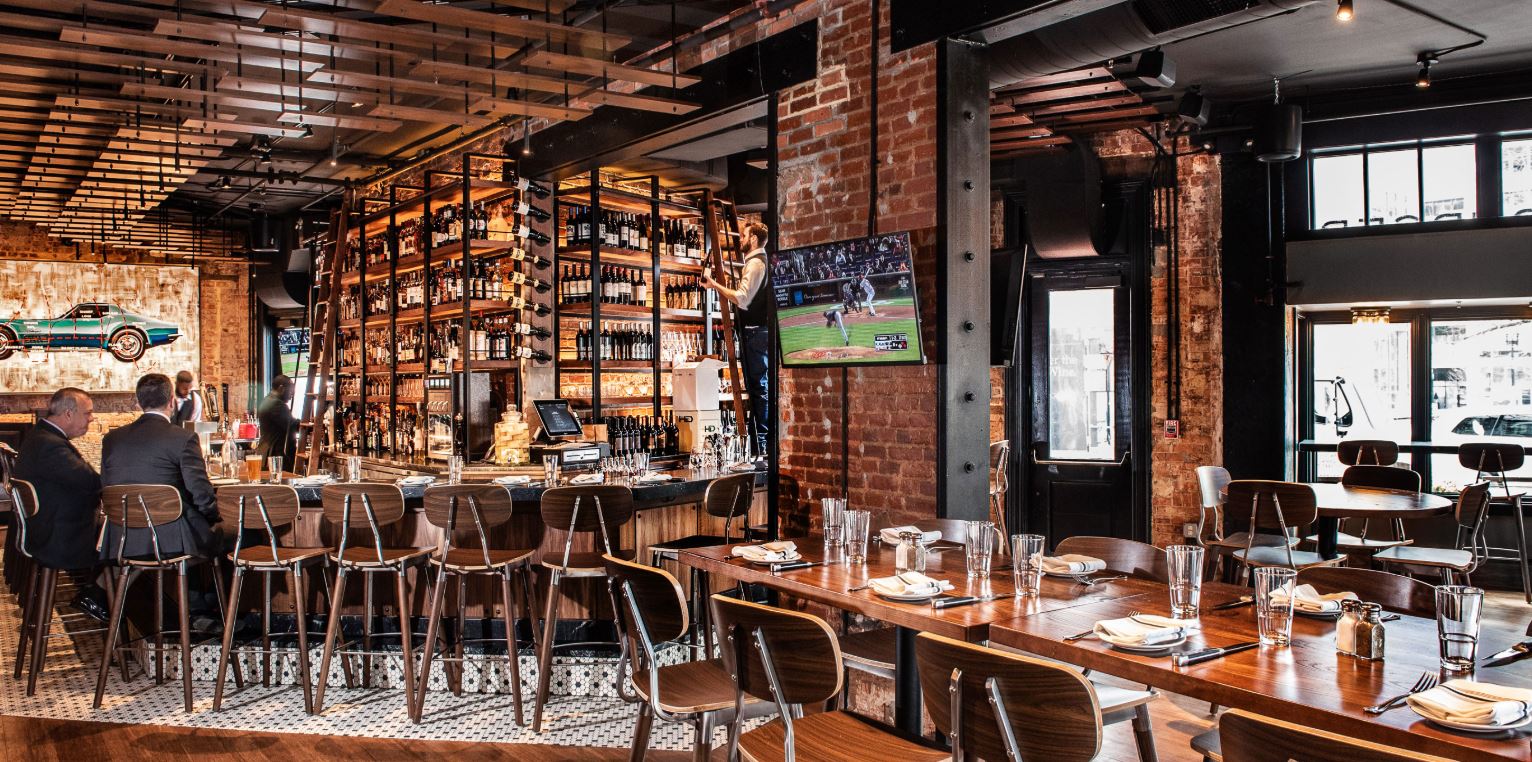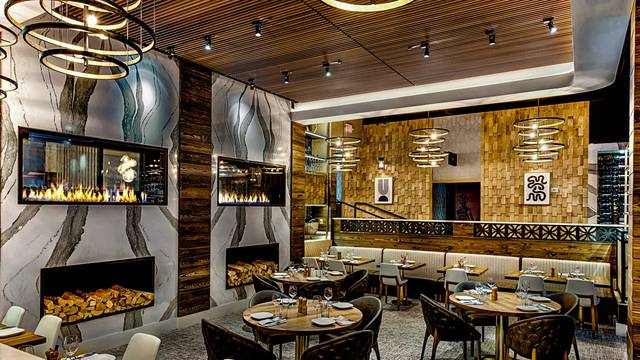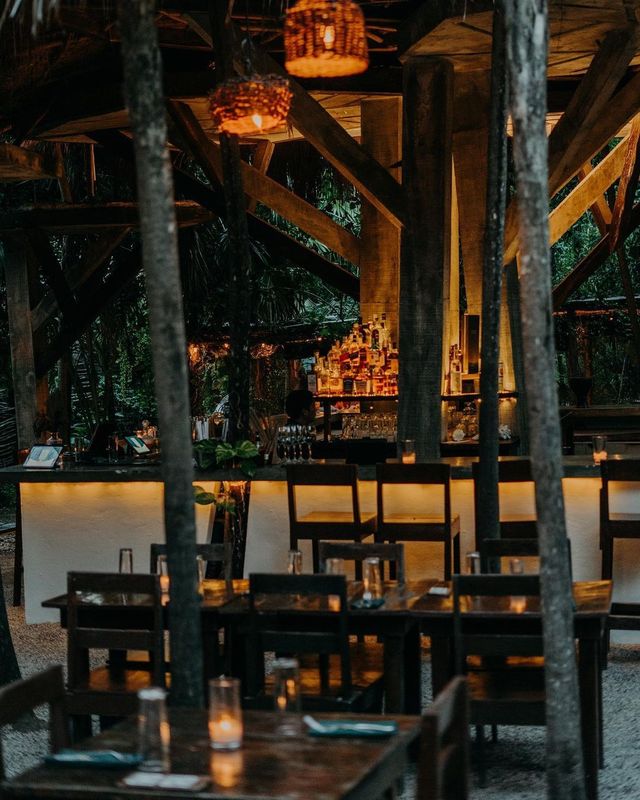Romantic Restaurants Islamabad: Ideal Dining Destinations for Pairs
Savor Genuine Asian Food With a Pan-Asian Spin for a Cooking Experience
Getting started on a cooking trip through authentic Oriental cuisine, boosted with a Pan-Asian spin, uses a distinct chance to explore the abundant tapestry of tastes that define the region's varied cooking customs. As you consider these attracting recipes, consider the social stories and historical influences that shape them, each bite offering a tale waiting to be uncovered. asian fusion restaurant.

Checking Out Pan-Asian Flavors
In the world of worldwide gastronomy, Pan-Asian cuisine stands out for its remarkable variety and the unified interplay of tastes from numerous Eastern societies. This cooking technique commemorates the rich practices and unique ingredients located across the continent, producing a tapestry of tastes that is both fascinating and satisfying. Key to Pan-Asian cuisine is its capability to stabilize different tastes-- wonderful, salty, spicy, and sour-- while highlighting the quality and top quality of each component.
From the umami-rich soy sauce of Japan to the intense chili peppers of Thailand, Pan-Asian food provides a substantial palette of flavors. These elements are usually combined in innovative ways, improving meals with layers of intricacy. As an example, the usage of great smelling herbs such as lemongrass and cilantro, common in Vietnamese and Thai food, includes a revitalizing brightness to meals, while the incorporation of coconut milk supplies a luscious, rich appearance.
The focus on fresh produce and fragrant flavors guarantees that each dish is not only a banquet for the palate yet additionally for the senses. Pan-Asian cuisine welcomes restaurants to start a culinary journey, exploring the huge and varied landscapes of Asian gastronomy with every bite.
Fusion Dishes to Attempt
While Pan-Asian food is celebrated for its typical flavors, the modern culinary landscape is increasingly embracing combination meals that blend these traditional components with influences from other regions. This ingenious strategy not just honors the rich heritage of Eastern cooking arts yet additionally introduces unique taste experiences that appeal to modern tastes.
An archetype of such a combination meal is the Korean-Mexican taco, where marinaded bulgogi beef is covered in a cozy tortilla, topped with kimchi and a hot gochujang-infused salsa. This mix weds the strong, full-flavored flavors of Korea with the vivid, fresh elements of Mexican food. Similarly, sushi burritos have actually acquired appeal, integrating the fragile artistry of Japanese sushi with the passionate, hand-held comfort of a burrito, often featuring blend active ingredients like tempura shrimp and avocado with a drizzle of wasabi mayo.
Another noteworthy recipe is Thai curry ramen, which instills the velvety, aromatic flavors of Thai curry into the soothing brew of standard Japanese ramen, creating a harmonious blend that tantalizes the detects. These blend meals prolong past mere uniqueness; they represent a cooking dialogue between societies, motivating expedition and technology in the world of Pan-Asian food.
Vital Active Ingredients and Flavors
To genuinely value Pan-Asian cuisine, one have to recognize the crucial ingredients and spices that develop its structure. This varied cooking design draws from an abundant tapestry of Oriental customs, using a harmonious mix of appearances and tastes. Secret ingredients include soy sauce, fish sauce, and oyster sauce, which present a tasty umami deepness necessary to Oriental meals. Corresponding to these are rice vinegar and mirin, lending a delicate level of acidity and sweetness.
Aromatic aspects are pivotal, with garlic, lemongrass, and ginger being ubiquitous across various Pan-Asian recipes. These ingredients offer a great smelling base that enhances the intricacy of flavors. Seasonings such as star anise, cardamom, and cinnamon introduce warmth and character, resembling influences from regions like China and India.

Cooking Techniques and Tips
Mastering the art of Pan-Asian cuisine calls for knowledge with its unique food preparation methods, each contributing to the dynamic tapestry of tastes this culinary tradition is commemorated for. Central to these methods is the stir-fry, a quick cooking method that preserves the dietary stability and brilliant colors of ingredients. Utilizing a wok, the stir-fry approach permits also warmth distribution, essential for attaining the characteristic structure and flavor balance of Pan-Asian recipes.
Another essential technique is steaming, especially prevalent in Chinese food. This gentle approach maintains the natural flavors and nutrients of components, making it suitable for fish and shellfish and veggies. useful site Dumplings, a beloved staple, typically profit from steaming, leading to soft, delicious appearances.
Cooking, likewise essential, presents great smoky depths to meals such as Korean bulgogi or Japanese yakitori (Fine dining experience Islamabad). This strategy often entails marinating active ingredients, enabling tastes to penetrate deeply prior to food preparation over an open fire or warm plate
Last but not least, mastering the art of balancing tastes-- wonderful, sour, salted, bitter, and umami-- is essential. Properly layering these aspects can raise a recipe from average to phenomenal, providing a facility and satisfying cooking experience that embodies the essence of Pan-Asian cuisine.
Eating Experiences Worldwide
Around the world, Pan-Asian food offers an unrivaled eating experience, commemorated for its rich tapestry of flavors and dynamic discussions. This cooking phenomenon has gone beyond cultural boundaries, catching the hearts and tastes buds of food fanatics worldwide. In multicultural cities fresh York, London, and Sydney, Pan-Asian dining establishments work as melting pots where culinary traditions from Thailand, Japan, China, and past assemble, offering diners with an eclectic mix of dishes that highlight the region's diversity.
The worldwide allure of Pan-Asian food lies in its ability to provide both authenticity and technology. Cooks skillfully marry conventional components such as lemongrass, soy sauce, and miso with modern methods, resulting in recipes that are both familiar and refreshingly brand-new. This combination enables restaurants to start a culinary journey that appreciates heritage while welcoming More about the author modernity.
Moreover, dining experiences are raised with attentively made environments that reflect the values of Pan-Asian appearances. From minimalist Japanese-inspired interiors to lively Thai-themed areas, each restaurant provides a distinct setting that complements the culinary offerings. Therefore, customers are not simply eating a dish but partaking in a social experience, making Pan-Asian dining a genuinely worldwide sensation.
Verdict
The expedition of Pan-Asian cuisine provides a profound understanding of the intricate interplay of flavors and cooking customs throughout Asia. By embracing fusion meals such as Thai curry ramen and sushi burritos, the culinary trip not just highlights the versatility of standard active ingredients yet also showcases ingenious modern-day strategies. This gastronomic adventure, improved by cooking techniques and important spices, provides an unique chance to value the multiculturalism and culinary creativity that specify Pan-Asian cuisine on a worldwide range.
Getting started on a culinary trip with authentic Asian food, boosted with a Pan-Asian twist, provides an unique possibility to discover the rich tapestry of tastes that specify the region's varied cooking traditions.In the realm of international gastronomy, Pan-Asian food stands out for its remarkable variety and the harmonious interplay of tastes from numerous Eastern societies. Trick to Pan-Asian food is its capability to balance contrasting flavors-- sweet, salty, spicy, and sour-- while highlighting the quality and top quality of each ingredient.
